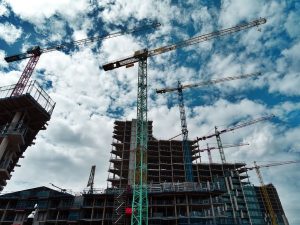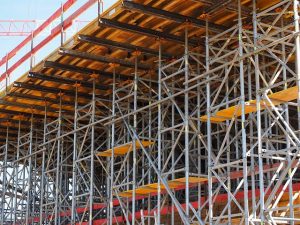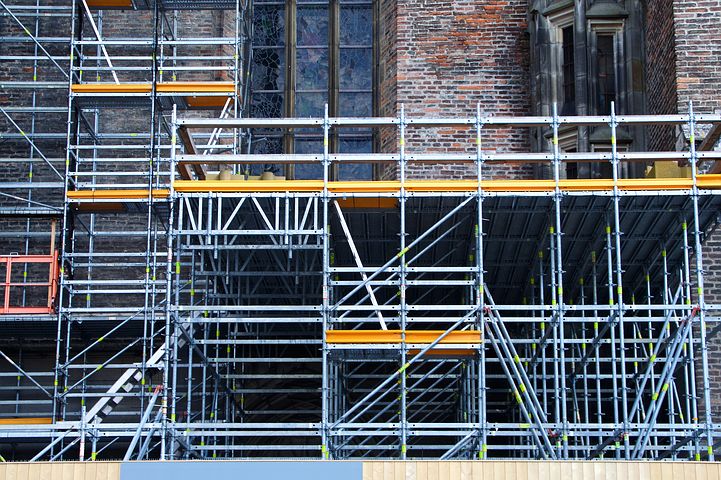When you are involved in a building project, safety has to be the top concern. Scaffolds are an integral part of a multi-level build, and safe, sturdy, reliable scaffolding is something that you should never compromise on.
That being said, merely having safety as your priority is not enough to secure sturdy scaffolds. Due diligence is required to make the right decision. Let us begin by quickly understanding the various types of scaffolds that are available in the market:
Suspended Scaffolding: Just as the name suggests, this kind of scaffolding uses suspended platforms of metal and wood, held together in place with the help of poles and frames. The whole structure is connected to the ground to drive stability.
Supported Platform Systems: The most common scaffolds, the supported platform systems are also wood or metal platforms supported by poles, frames, and ropes connected to the top of the structure.
Adjustable Systems: Adjustable systems allow for a bit more versatility. Adjustable scaffolds are platforms that can be elevated or lowered at will, offering your team more freedom when executing a task. The whole mechanism usually uses simple pulleys to make the upward-downward movement possible. Just like its other counterparts, even the adjustable systems are supported with poles and frames connected to the ground.

The above systems work differently and are suited to different conditions. For instance:
If the ground you’re working on is unstable, in the sense that it is not flat, working with a suspended scaffold is recommended. Adjustable systems also work well in such situations but will fail if the terrain is extremely uneven.
Similarly, the choice of a scaffold also depends on the design of the building. For tall structures, suspended and adjustable systems are recommended. However, if you have strict space limitations, it is best to go for supported platform systems.
While the use of each type of scaffolding system varies, the safety levels, if done right, are incredibly high. However, to ensure the same, it is essential to be smart while selecting your scaffolding company.

A good scaffolding company will:
Provide a complete risk assessment of your project. This should help you make an informed choice regarding the kind of scaffolding you must get.
Ensure the scaffolding is far away from any power lines.
Try to educate you about the product instead of imposing it on you.
Be led by an experienced and certified engineer.
The safety of your team is at stake here, don’t be afraid of asking several questions about the company, how they operate, and what their service history looks like.
Conclusion
While all the considerations mentioned above are critical to selecting the type of scaffolding and the company that will provide the same, cost remains a significant factor governing your decision.
After all, we are all working within a budget, right? Generally considering, a supported scaffolding system is going to be the most economical option, mostly because their parts can later be reused. Adjustable systems are a bit more expensive, but as mentioned earlier, offer a lot of freedom. At last, suspended systems are the most expensive option since each system is customised to individual projects.
However, the reason price considerations are mentioned at the very end is that price should not be the deciding factor at large when it comes to buying or renting scaffolds.
